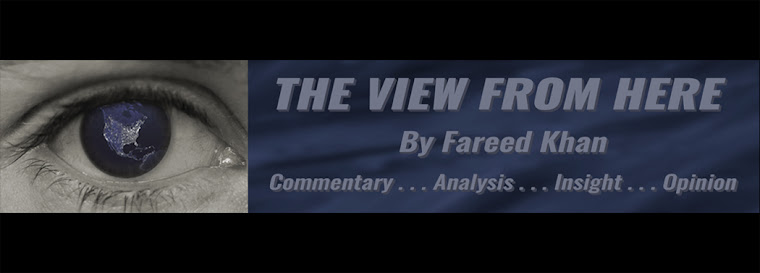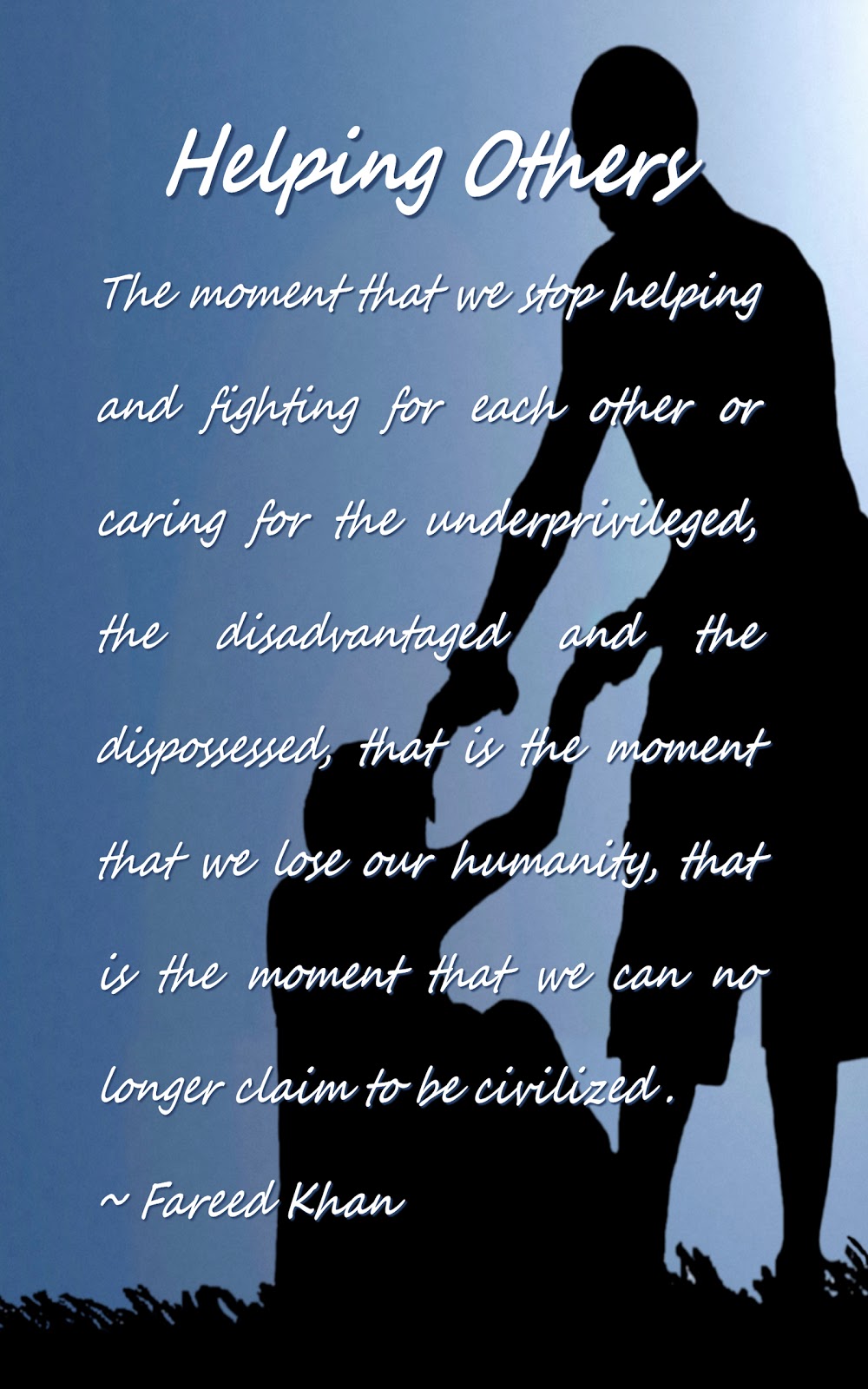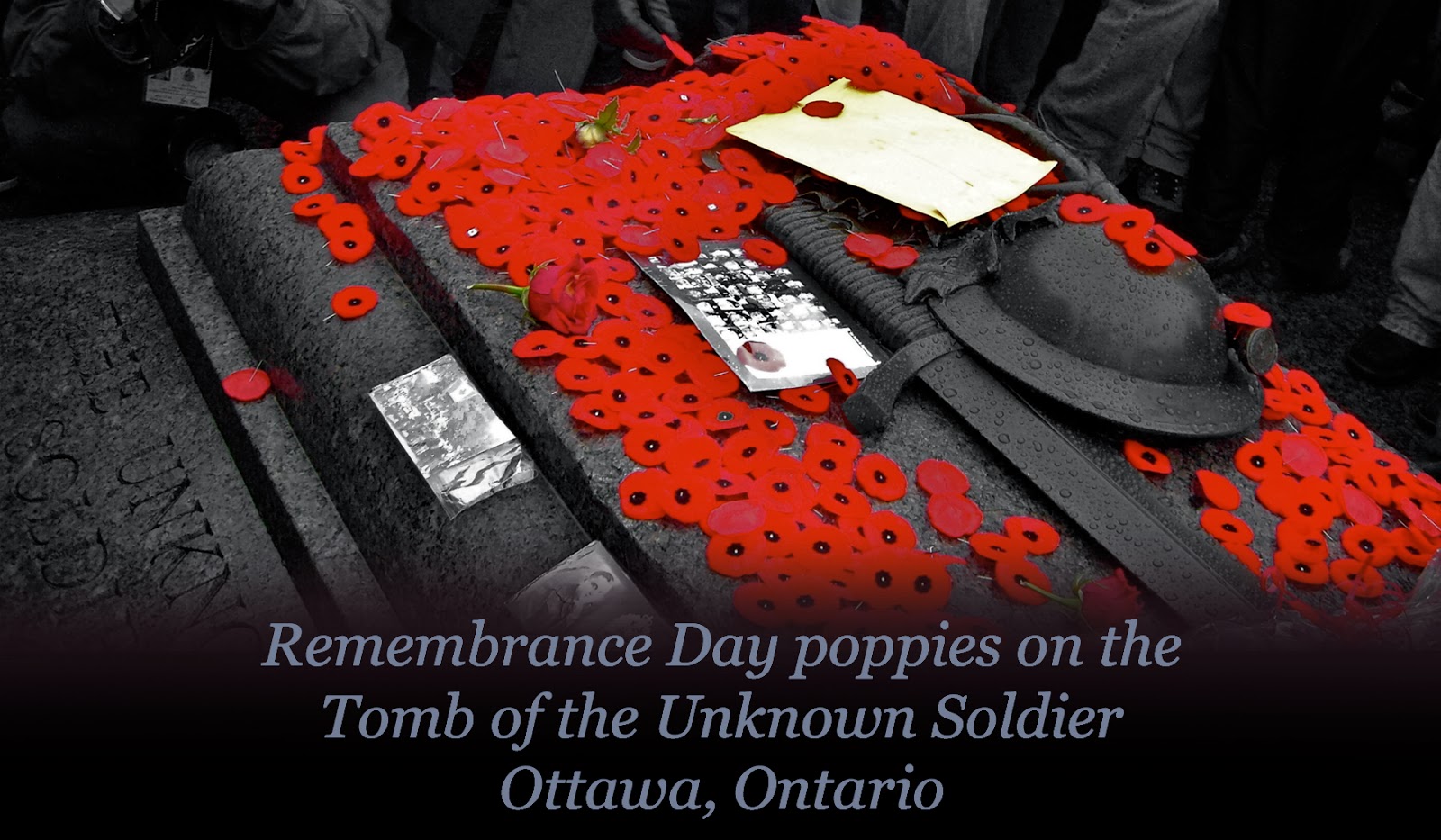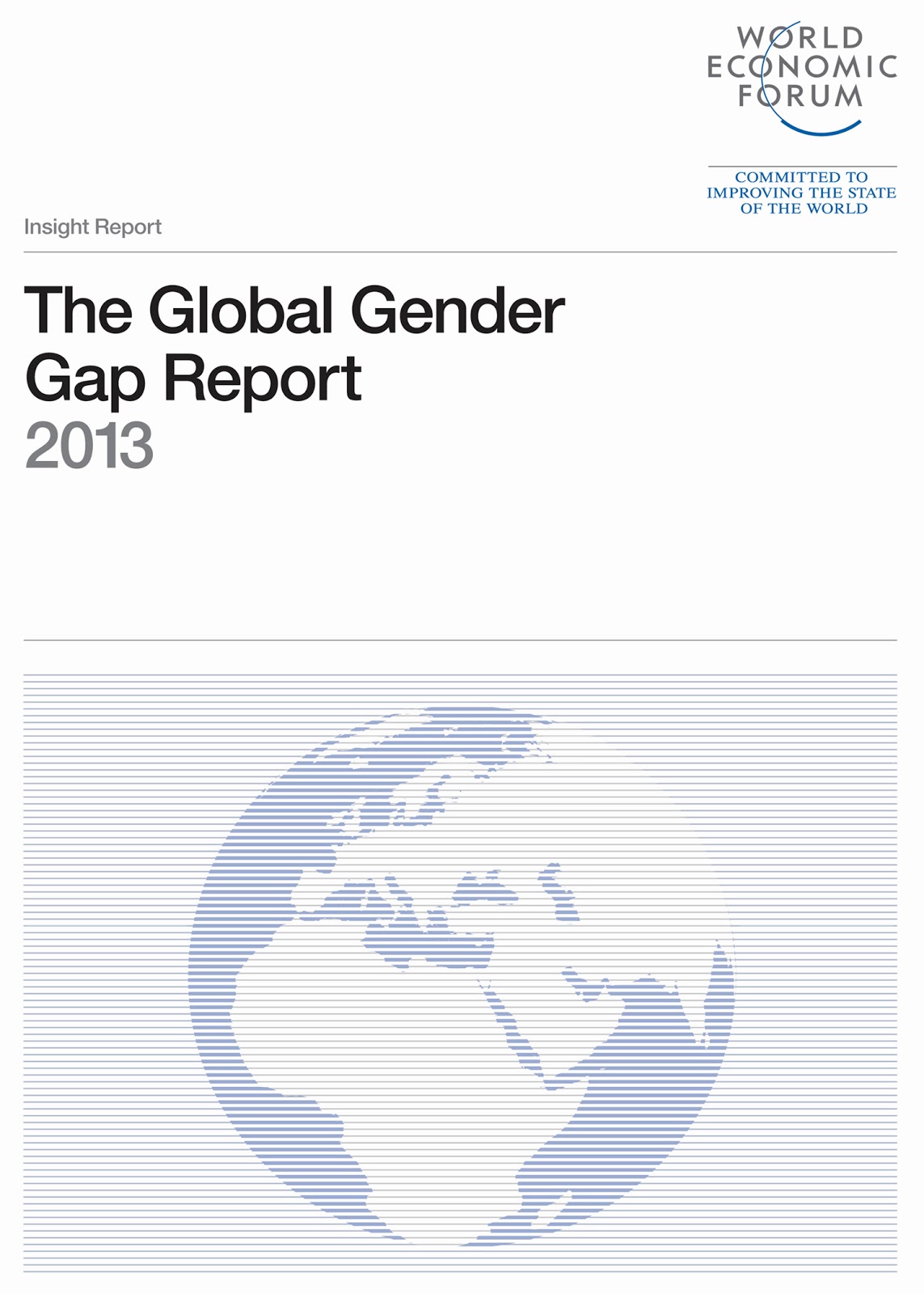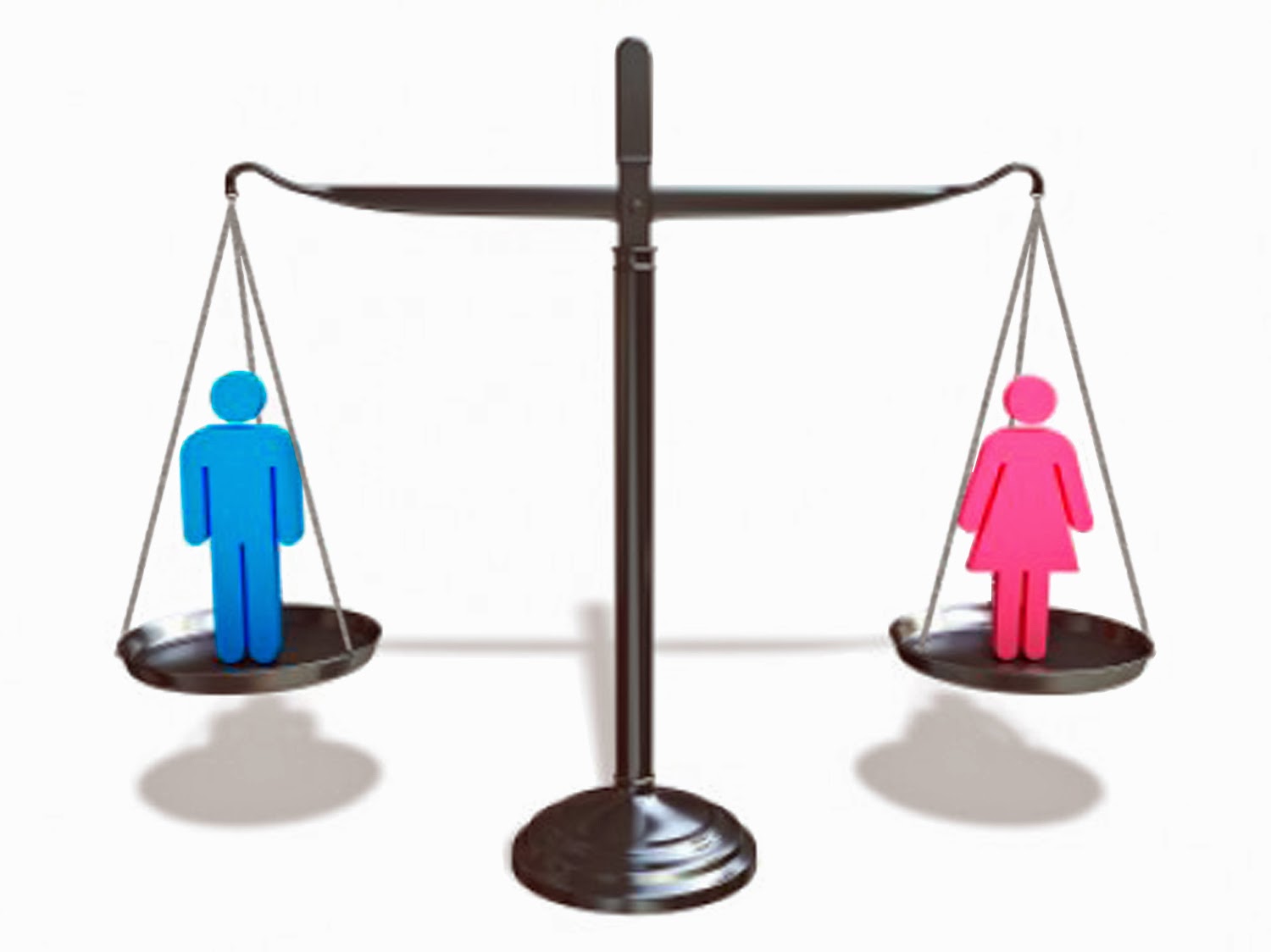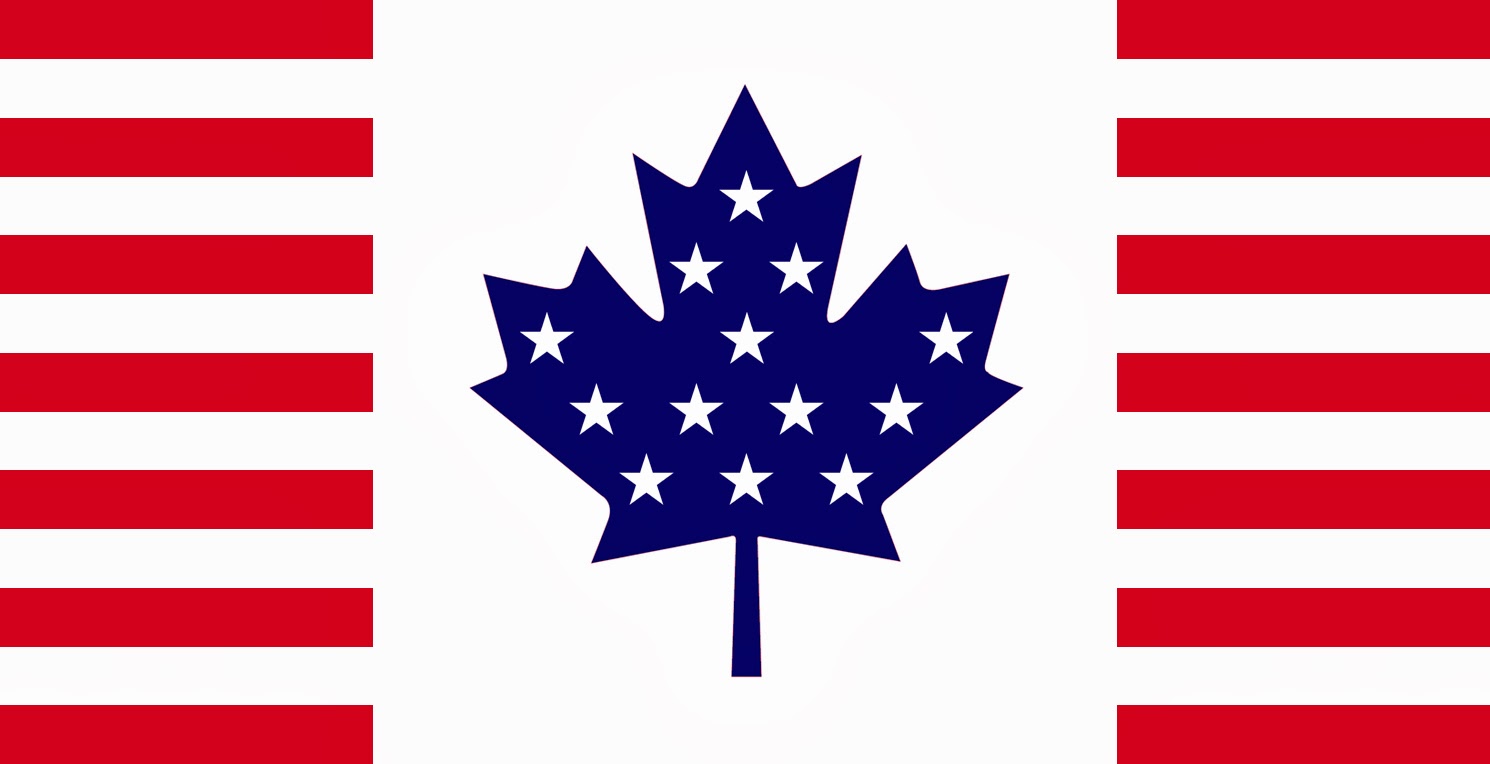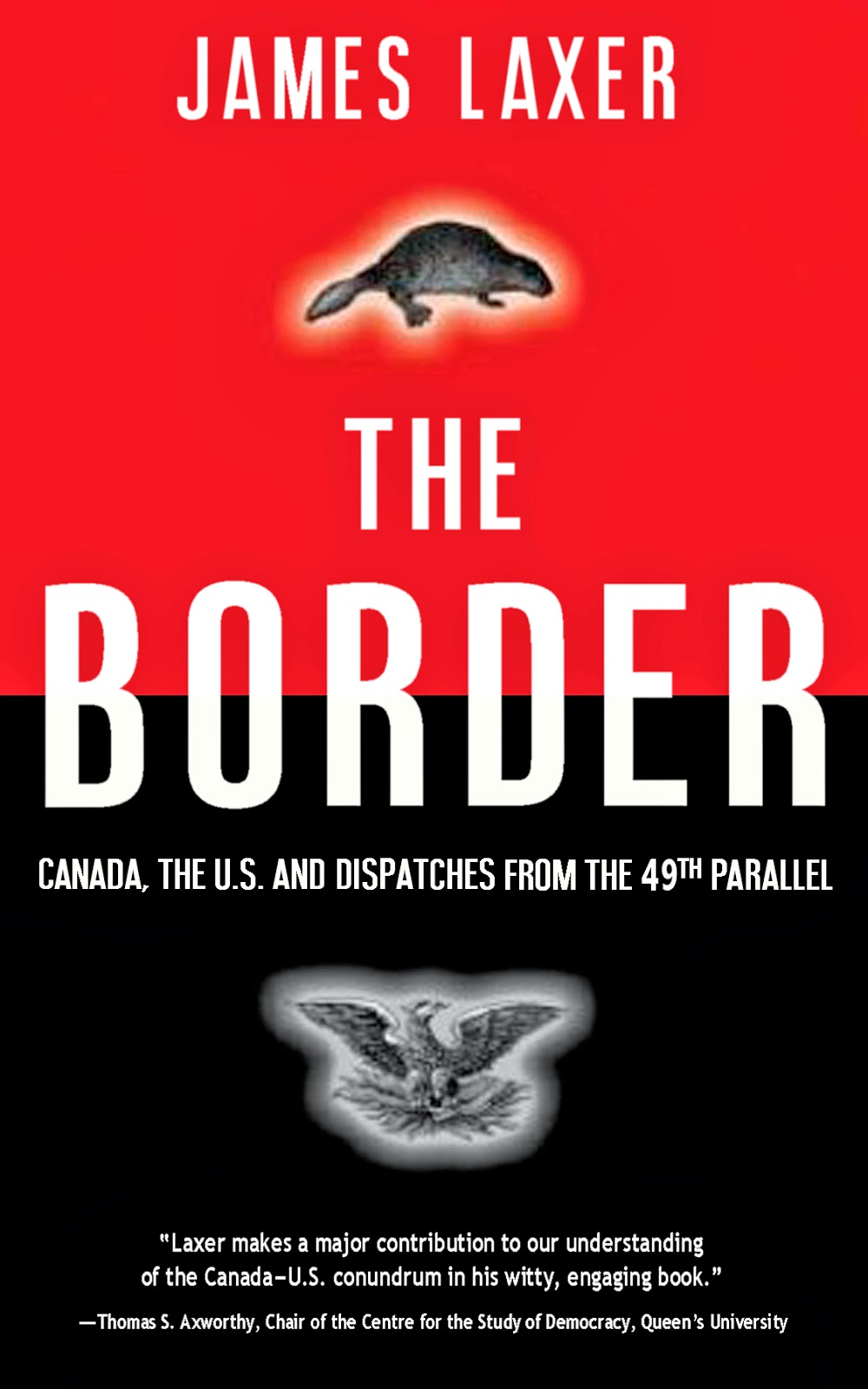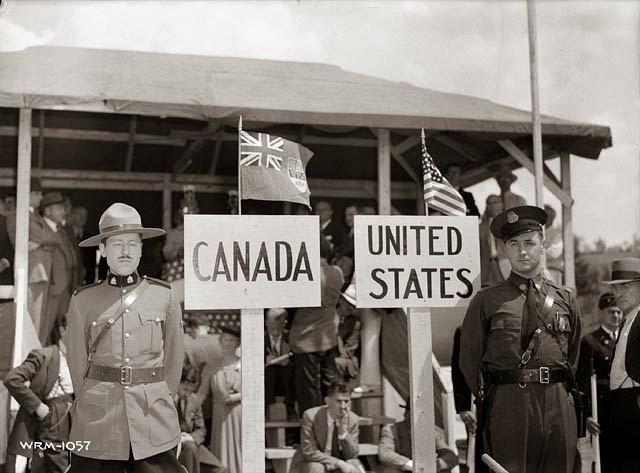Updated October 7, 2013 11:04
PM
Related:
As the editor for the Financial Post and then columnist for the National Post newspapers over the years
Francis never made any secret of her desire for a less regulated Canadian
economy that more closely matched what exists in the United States. Having more
freedom to conduct business would be better for the bottom line and better for Canada according to Francis.
As an American-Canadian
Francis writes passionately about the many historical and cultural ties that
bind her country of birth and her adopted country. Merger of the Century makes the case for erasing the formal
distinction between the two entirely.
The key justification she puts forth for the merger is that this would
be the best way for Canada to counter the economic threat of countries like
China and Russia, “which use state-controlled sovereign wealth funds to buy
control of resources and key industries of other nations.” "The best option for the U.S. and Canada to survive the new economic reality would be to
devise protective policies and to merge into one gigantic nation," Francis
argues.
However, if you examine the
online responses to stories of Francis’ proposal it has been overwhelmingly
negative. Comments such as "Not in
this lifetime" and "Over my dead body" pretty much sum up the
sentiments expressed.
Seeing the story about Diane
Francis' book reminded me about a book written by Canadian political economist,
professor and author James Laxer a few years back. The book was titled The Border: Canada, the U.S. and Dispatches from the 49th Parallel and was published in 2003
only a couple of years after the terrorist
attacks of September 11th, 2001. During that politically volatile period there
were voices (mostly from business and right wing politicians) calling for
greater integration and lowering of security barriers between Canada and the U.S. for the sake of the economy. But the
arguments put forth by Laxer made a very compelling case for why there is a real need
for a border between Canada and the U.S.
He contended that borders
act as brake points which limit the power of the state and allowed divergent
ideas to find a larger field in which to germinate and grow. In the post-September 11th world, it asked
pointed questions. Will Canadians
acquiesce to U.S. pressure and allow policies to be implemented that violate Canada’s liberal-democratic traditions? Are Canadians willing to reassert our
nationhood and defend our borders, or do we allow our priorities, our values,
and our society to be subservient to the political priorities of the U.S.? Do we
continue into the 21st century as a sovereign, independent nation?
Of course in the years since Laxer wrote his book some of those questions have been answered. Under the Conservative government of Stephen Harper the answers to
those questions have respectively been “yes”, “no” and “maybe”.
Given the questions and
discussions that have been raised by the Diane Francis book I thought it only
appropriate that James Laxer's views on the importance of maintaining a
division between Canada and the United States be given a second airing so that
people could see the counter arguments to the idea of keeping Canada and the United States as separate political and cultural entities.
- Fareed Khan
*********************
T H E B O R D E R :
Canada, the U.S. and Dispatches from the 49th Parallel
A Critical Analysis By: Fareed Khan
______________________________________________________________
By
declaring this at the outset Laxer establishes a moment in time which he uses
to focus the analysis of the relationship that has existed between Canada and the U.S. over the past two
centuries. This reference point itself
acts like the border between Canada and the U.S., becoming the doorway between a
“simpler” more “innocent” period of the cross-border relationship and a new
period of the relationship after “the
world changed”.
However,
this perception must be viewed as a paradox.
By relating various historical and contemporary events, interspersed
with personal border anecdotes of his journey, Laxer reveals that simplicity
and innocence can hardly be the terms used to describe the history of the
Canada-U.S. relationship whether before or after September 11, 2001.
Although
the terrorist attacks are a defining event in the history of the U.S. and how it has affected
its relationship with Canada, I believe that Laxer
demonstrates there have been many more important defining moments in Canadian
and American history that have had a
greater impact on the relationship between the two countries. Throughout the book he relates some of these
major events including: the Loyalist experience after the American Revolution,
the outcome of the War of 1812, the Canadian view of the U.S. Civil War,
Confederation, Prohibition, the Cold War, Quebec separatism, and more
recently the Canada-U.S. Free Trade Agreement.
All
of these are seminal events that have defined the Canada-U.S. relationship and
they are all events that begs the question, what does the border mean and what
does it mean for Canadians? In a
strictly technical sense the Canada-U.S. border is a mutually agreed upon
arrangement between two parties that define the limits within the geographic
mass of North America based on a set of historic, political, social, cultural,
economic and physical circumstances.
This arrangement exists only as long as each party remains committed to
it. In a broader sense, however, Laxer demonstrates
that the border means a lot of different things to a lot of different people.
For
many Canadians the border is an abstract political concept that guarantees the
sovereignty and independence of the political entity that is Canada. It has allowed this country the freedom to
become a society that, despite assertions (legitimate and otherwise) about the
dominating nature of our southern neighbour, is separate from the U.S., and definitely
different. As Laxer states, because of
the border Canadians can control their own political, economic and cultural
destiny. It is essential to who we are
as a people and because of it the quality of life of the average Canadian is
superior to that enjoyed south of the border.
For others, however, the border has a totally different
meaning. For these people (primarily Canada’s
business and economic elites and the political right) the border is seen as a
barrier to Canada’s
economic growth and prosperity. Laxer
refers to these as the “deep integrationists” – those interested in the
integration of Canadian policies with those of the U.S. Although not a new idea, this idea seems to
have more advocates today than in past decades.
These Canadians call for the elimination of Canadian
customs and immigration
controls, harmonized visa, refugee and security policies, taxes lowered to the
same levels as those in the U.S., and less government restrictions on the way
businesses can operate. In effect these
Canadians call for policies that would result in the loss of Canadian nationhood,
and would lead to an effective loss of Canada’s
independence resulting in the Canadian Parliament merely being a rubber stamp
for policies made in Washington D.C. According to Laxer, these are the same elites
that supported the Canada-U.S. Free Trade Agreement and the North American Free
Trade Agreement – two policies that have led to a diminishing of Canadian
sovereignty. He also refers to these
Canadians as a potential “fifth column” – Canadians who are active in promoting
the merging of Canada with
the United States.
As an example of the lack of commitment these Canadians
have to their country, Laxer cites the fact that the smoke had barely cleared
after the September 11th terrorist attacks when Canada’s
political right and corporate interests were, “. . . quick off the mark making the argument that the
world had changed and that Canada needed to press for a wide-ranging deal with
the United States to promote much closer North American integration.” (p. 259)
These
arguments are based mainly on economic factors and do not appear to take into
consideration that nationhood is about more than just the bottom line, and that
the border is not there as a mere inconvenience for Canadian business elites.
Laxer counters the integrationist argument by stating that
in light of U.S. government actions after September 11th that have
curtailed American civil liberties and violated the U.S. Constitution, Canada
needs the protection of our border with the U.S. now more than ever. By describing the damage that has occurred to
some of the key pillars of America’s liberal-democratic traditions, he makes us
witnesses to what could be the nascent footsteps of neo-fascism in the U.S. that can only be kept out of Canada by ensuring
that our southern border remains intact and our sovereignty protected.
Since
that fateful September morning, as issues related to “homeland” and border
security have dominated discussions between the two nations, Laxer also notes
that there are voices that have been and still are opposed to greater Canada-U.S.
integration. These voices see Canada heading down the road of
“Finlandization” – where Canada would need U.S. agreement to implement
policies that impact on American interests – a situation similar to the
relationship between Finland and the Soviet Union during the Cold War.
The Border cuts across a wide field
of history and politics, and it illustrates the left-wing bent of its author on
political, economic, social and cultural issues. It is a book authored by an academic that is
not an academic book. This is clearly
evident by the dearth of references and footnotes, and by the unwillingness to
offer a fair criticism of Canada on matters where there
is heavy criticism of the United States (e.g. slavery, civil
rights violations). It is also illustrated
by the ample of use of personal anecdotes and experiences – writing styles that
are not necessarily compatible with a written work that is intended for
academic reference.
This
aspect of the writing jumps out at the reader in the introduction when Laxer
begins by describing the view outside a railway car as he travels across the
Prairies by train en route to Toronto. He uses the same style in several later
chapters. This use of a travelogue style
of writing is more indicative of someone writing for a travel publication, and
although it might be disconcerting to some, I believe that this non-academic
and unpretentious style makes the book accessible to a wider audience.
Laxer contends that borders act as brake points which
limit the power of the state. By being
written in a style that is more accessible to the general public, The Border also acts as a brake on those
who argue for fewer border limits between Canada and
the United States. It allows these ideas to find a larger field
in which to germinate and grow. In the
post-September 11th world, it asks pointed questions. Will Canadians acquiesce to U.S. pressure and
allow policies to be implemented that violate Canada’s
liberal-democratic traditions? Are
Canadians willing to reassert our nationhood and defend our borders, or do we
allow our priorities, our values, and our society to be subservient to the
political priorities of the U.S.? Do we continue into the 21st century as a
sovereign, independent nation?
In
a steel plant the workers who work closest to the blast furnaces require extra
protection to protect them from the intense heat of the steel-making
process. The Border illustrates that similar to the steelworker, Canada’s physical closeness to
the political heat of the U.S. requires that we
maintain the protection of the border in order to protect this country’s
sovereignty, society, economy, and culture.
The Border is an enjoyable if controversial
read, and it should be on the bookshelves of anyone who feels that Canada needs
to be protected from the overwhelming presence of the our neighbour to the
south.
© Fareed W.
Khan. All Rights Reserved.
______________________________________________________________
It should be noted that since the publication of Laxer's book in 2003 a number of events have taken place that raise the question of whether in a globalized and technologically integrated world where trade is the lifeblood of the Canadian economy, can a nation as small as Canada ever be truly protected within its borders and pursue policies independent of the interests and pressures of its largest trading partners and glointernational corporations. Some of those events include the following:
This begs the question, what do Canadians need to do to ensure that what is done in the name of Canada to protect its borders is done in such a way that those who benefit are not just the rich, the connected and the powerful, but also the 99% of Canadians who fall into the category of middle and lower income Canadians -- people who have seen their incomes essentially stagnate over the past two decades.
© F. Khan. All rights reserved.
